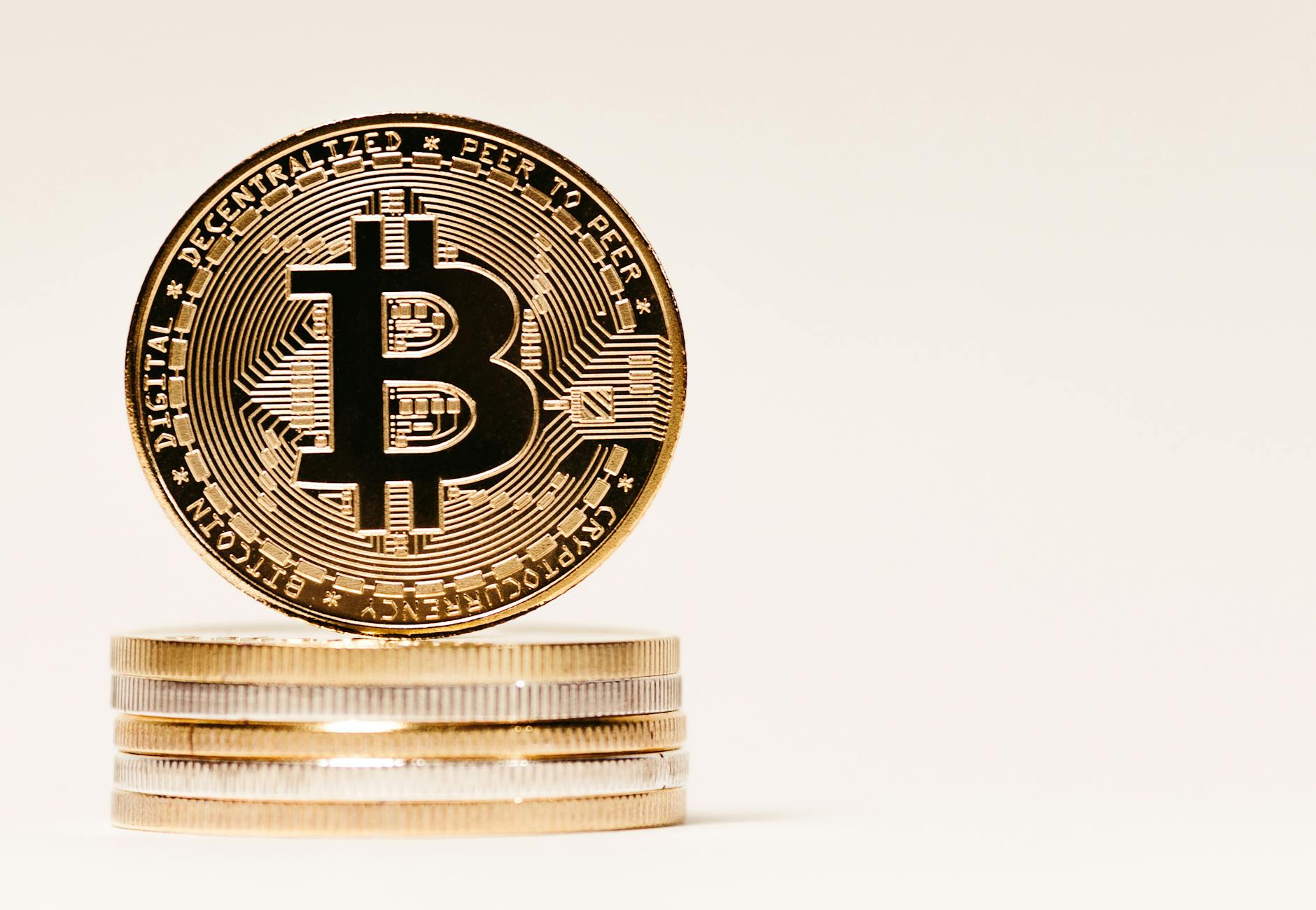Stablecoin Bill Fix Needs Single Fed: Will 55 Regulators Kill It?
- Get link
- X
- Other Apps

Stablecoin Regulation at a Crossroads: Can Congress Avoid Regulatory Overkill?
📌 The Bipartisan Push for Stablecoin Legislation
📜 The U.S. Senate's recent passage of the GENIUS Act marks a significant step towards establishing a regulatory framework for stablecoins. Simultaneously, the STABLE Act is progressing through the House. With presidential support seemingly aligned, the crypto community anticipates a long-awaited regulatory regime for stablecoins. However, the path forward is fraught with potential pitfalls.
Dogecoin (DOGE) 7-Day Price Analysis with Daily Data: Market indicators (volume, RSI, MACD) reveal price trends. Assess risk & potential returns.
📌 Potential Pitfalls: Duplication and Redundancy
While the intention is commendable, the proposed legislation suffers from critical flaws that could lead to regulatory overkill. The current framework risks imposing excessive costs on both the industry and taxpayers due to needless duplication. The core issue lies in the proposed choice of 55 different regulators, potentially leading to a "race to the bottom" where stablecoin issuers seek out the laxest oversight.
Historical Context: Lessons from 2008
The fragmentation of the U.S. regulatory system is not a new problem. It was a contributing factor to the 2008 financial crisis. The Dodd-Frank legislation, intended to address these issues, inadvertently added another layer of bureaucracy with the Financial Stability Oversight Council (FSOC). The current stablecoin bills risk repeating this mistake by mandating joint rulemaking from various agencies.
Market Analysis: The Impact on Crypto
⚖️ The proposed regulatory landscape creates uncertainty for crypto investors. The potential for a "race to the bottom" among regulators raises concerns about the safety and stability of stablecoins. The market could experience increased volatility as issuers navigate the complex regulatory environment. The lack of clarity regarding the regulation of interest-bearing stablecoins and those classified as securities further compounds the uncertainty.
📌 Key Stakeholders’ Positions
📜 Lawmakers aim to provide clarity and consumer protection through regulation. Industry leaders generally support regulation that fosters innovation while mitigating risks. However, the proposed bills have drawn criticism for their complexity and potential for regulatory arbitrage. Here's a breakdown of key stakeholder positions:
| Stakeholder | Position | Impact on Investors |
|---|---|---|
| Congress | Desires regulatory framework; concerns about systemic risk | 👥 Potential for stricter compliance and investor protection |
| Industry Leaders | ⚖️ Supports clear rules, but wary of overregulation | 📈 Navigating complex rules may increase operational costs |
| Crypto Projects | Seek regulatory clarity, fear stifling innovation | Need to adapt to regulatory demands or risk penalties |
📌 The Looming Battle Over Regulatory Jurisdiction
⚖️ The existing regulatory framework is already straining under the weight of determining whether a digital asset qualifies as a security under the Howey test, subjecting it to SEC oversight, or falls under the purview of other regulators like the CFTC, CFPB, or state banking authorities.
Issuers of digital assets have historically sought to circumvent the SEC due to its stringent and expensive oversight. Even traditional finance (TradFi) issuers leverage exceptions to SEC registration whenever possible, reflecting the burden imposed by the SEC's requirements, particularly for emerging and smaller enterprises.
📌 The Perils of Multiple Regulators
⚖️ The proposed legislation introduces a system where issuers can select from 55 different regulators by strategically establishing themselves in a jurisdiction with a specific type of charter. This choice spans federal agencies like the FDIC, OCC, Fed, NCUA, and, for security-stablecoins, the SEC, as well as state regulators. The sheer number of options raises several concerns.
Danger of a Regulatory "Race to the Bottom"
⚖️ Stablecoin issuers might be inclined to opt for regulators with the most lenient and cost-effective oversight. This scenario increases the likelihood that regulators will overlook critical issues. Although the bills stipulate that the Secretary of the Treasury must certify that a state's regulation is "substantially similar" to federal regulation, this requirement seems redundant. Moreover, the Secretary of the Treasury must undergo a formal rulemaking process to define the principles of "substantial similarity," adding another layer of unnecessary resource consumption.
Challenges in Joint Rulemaking
The House bill mandates joint rulemaking by the OCC, FDIC, and Fed, in consultation with state regulators, regarding capital requirements for stablecoins. However, anyone familiar with joint rulemaking knows it is a protracted and arduous process, prone to disagreements and delays. Congress may set deadlines, but there are typically no repercussions if an agency misses them.
Unaddressed Regulatory Gaps
⚖️ Stablecoins that offer interest are excluded from the bills' coverage, leaving their regulation uncertain. Similarly, stablecoins classified as "securities" are not covered, presumably falling under SEC jurisdiction. This situation is likely to result in endless debates among regulators and in courts over which agency has authority over future stablecoin-like products.
📌 Future Outlook: A Call for a Single Regulator
📜 To streamline regulation and prevent redundancy, Congress should designate a single regulator for stablecoins, eliminating joint rulemakings and state loopholes. Considering the systemic risk posed by large stablecoins, the Federal Reserve (Fed) emerges as the most suitable candidate, given its role as the de facto systemic risk regulator. Furthermore, interest-bearing stablecoins should be integrated into the stablecoin regulatory regime.
🔗 Addressing these flaws promptly is crucial to harness the benefits of blockchain technology and ensure American leadership in financial innovation. A more intelligent and nimble regulatory structure would enable faster adaptation to technological advancements and facilitate the safe promotion of innovation.
📌 🔑 Key Takeaways
- The proposed stablecoin legislation, while well-intentioned, risks creating a fragmented regulatory landscape with potential for duplication and redundancy.
- The choice of 55 different regulators could lead to a "race to the bottom," compromising the safety and stability of stablecoins.
- The legislation's failure to address interest-bearing stablecoins and those classified as securities creates regulatory gaps and potential for jurisdictional conflicts.
- Congress should consider designating a single regulator, ideally the Fed, to oversee stablecoins and streamline the regulatory process.
- Fixing these flaws is essential to foster innovation, ensure consumer protection, and maintain American leadership in the evolving fintech landscape.
The path forward for stablecoin regulation in the U.S. is riddled with potential for bureaucratic gridlock. If the proposed legislation passes in its current form, expect significant operational hurdles and compliance costs for stablecoin issuers, especially smaller projects. I predict a short-term increase in regulatory arbitrage, with projects seeking out the most favorable jurisdictions, while larger players may face increased scrutiny.
- Monitor the progress of the GENIUS and STABLE Acts closely, paying attention to any amendments or changes to the proposed regulatory framework.
- Diversify your stablecoin holdings across multiple issuers to mitigate the risk of regulatory actions affecting a single stablecoin.
- Consider the potential impact of increased compliance costs on stablecoin yields and transaction fees.
- Research stablecoin issuers' regulatory compliance strategies and their ability to adapt to evolving regulations.
— Thomas Sowell
Crypto Market Pulse
June 18, 2025, 19:40 UTC
Data from CoinGecko
This post builds upon insights from the original news article, offering additional context and analysis. For more details, you can access the original article here.
- Get link
- X
- Other Apps

